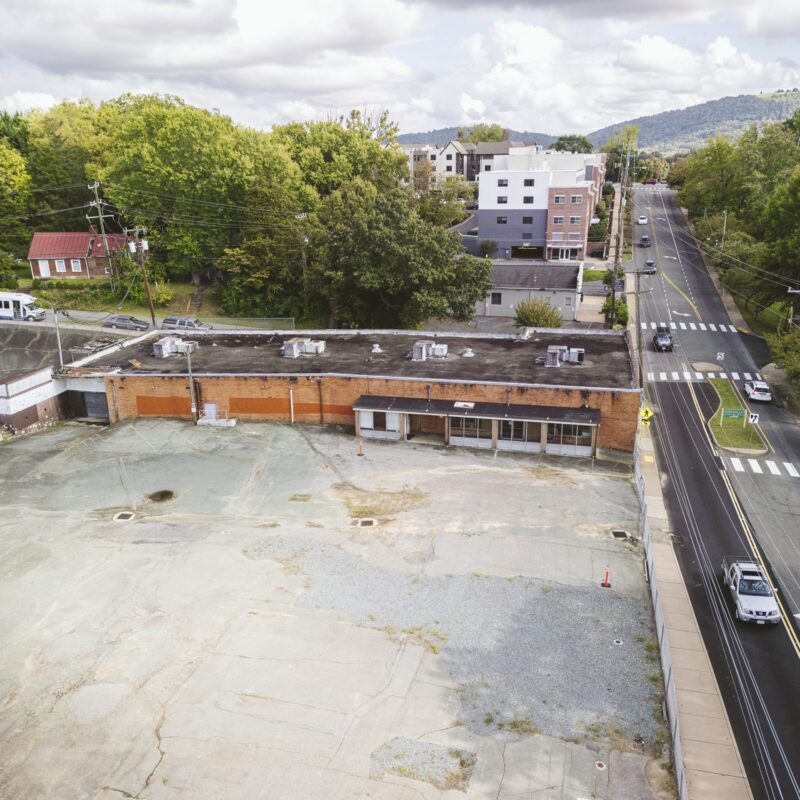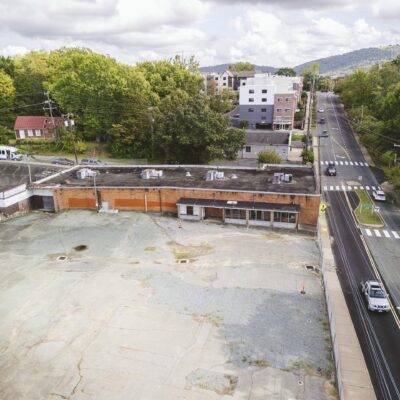The back porch is part of American folk culture, and the wooden deck was popular in the late 1900s, but neither has the style and durability of a terrace. A transition between house and garden, a terrace allows French doors to open from the living spaces, promotes fresh air and sunlight, and provides an ideal place to entertain. Best of all, a terrace connects directly to the garden, through borders of flowers and shade trees. Designed by a landscape architect or by a supplier like Scott Price at Snow’s Garden Center, or Tim Reese of Bella Terra Landscapes, a terrace may be inseparable from the planting that envelops it.
There are plenty of idea books and how-to guides for home gardens and terraces. One that you may not have seen is Gardens for Small Country Houses, by Gertrude Jekyll and Lawrence Weaver. Originally published in 1912 by the British magazine Country Life, this book distills a lifetime of experience by Jekyll (1843-1932), a well-known artist and garden designer. A century later, her ideas are still sound, and her advice is practical. Referring to a terrace as a parterre, she says: “The beds are arranged in such a way that all work on the flowers can be done from the paved paths. This is useful in the many cases where ladies do not leave pruning, etc. to the gardener, and like to do the work dryshod.”
Jekyll and Weaver’s book gives many examples of paving, with suggested materials, patterns, steps, retaining walls, and accessories like statues, sundials and seats. The modern term for these built-in features is “hardscape,” as opposed to soil and plants. The illustrations show mainly rectangular shapes and hard borders, softened by masses of foliage. Contemporary American design may be full of curves and flowing lines, with ambiguous blending of pavement, grass, herb beds, and water features.
Flagstone, brick, and ceramic tile are traditional materials for a terrace. Lay them on a concrete base for maximum stability. Or lay them on a bed of sand or directly on the ground if the soil is firm and level. Stones can be irregularly shaped for a rustic look, or cut to measure for an urbane terrace to match a high-style house. If bare concrete is used, give it a decorative finish like exposed aggregate or careful troweling. Tinted and stamped concrete were popular a few years ago, while shaped concrete pavers are a current option. Bear in mind that all concrete will crack, and that the soil under it must be firmly compacted.

The reason for creating a terrace is often to overcome sloping or uneven ground. Stone and brick steps can be a very effective design element, both at the house wall and from the terrace to the garden. Then again, the paved area may step down in more than one level. In any case, it has a slight pitch to allow rainwater to drain. Retaining walls come into play for the same reason. They should be designed to withstand the weight of earth, and allow groundwater to drain at the bottom. Poor examples that have failed are easy to spot.
Plant flowers and shrubs at the edge of a terrace to best enjoy them. Add a pergola to filter direct sun and train vines, and place garden ornaments for effect—urns, vases, statues and boulders. For an Italian or French note, plant flowers and small trees in tubs and pots to move them around, and to raise them closer to eye level. Consider the line of sight of a person seated on the terrace, as well as one looking from inside the house. A railing or balustrade should be low enough to see over.
A pool, fountain, or other water feature provides a strong focus for a terrace. A sheet of water reflects sun like a mirror, and it can have a mystical effect of calm. Running water or the splash of a fountain, on the other hand, adds life and gaiety. If you have young children, almost any body of water can be a hazard. It will also attract birds and wildlife. The possibilities of stone basins, ceramic tile lining, and fountain jet gadgetry are limitless.
A fire pit, hearth, gas grill, or outdoor fireplace can be convenient for cooking on the terrace or nighttime entertaining. They can extend the season into spring and fall, when the air is chilly. Furniture should be chosen to withstand weather if left outside, or to be easily moved and stored for the winter. It can be sleek and modern; heavy and rustic; sophisticated or yard-sale bargain. Teak and cast-iron are traditional, durable materials. Add freshness and color with natural fabric cushions, awnings and umbrellas. And remember that a crowd of guests will add color and life, so leave room for them.
 The reason for creating a terrace is often to overcome sloping or uneven ground. Stone and brick steps can be a very effective design element, both at the house wall and from the terrace to the garden. Then again, the paved area may step down in more than one level. In any case, it has a slight pitch to allow rainwater to drain. Retaining walls come into play for the same reason. They should be designed to withstand the weight of earth, and allow groundwater to drain at the bottom. Poor examples that have failed are easy to spot.
The reason for creating a terrace is often to overcome sloping or uneven ground. Stone and brick steps can be a very effective design element, both at the house wall and from the terrace to the garden. Then again, the paved area may step down in more than one level. In any case, it has a slight pitch to allow rainwater to drain. Retaining walls come into play for the same reason. They should be designed to withstand the weight of earth, and allow groundwater to drain at the bottom. Poor examples that have failed are easy to spot.


